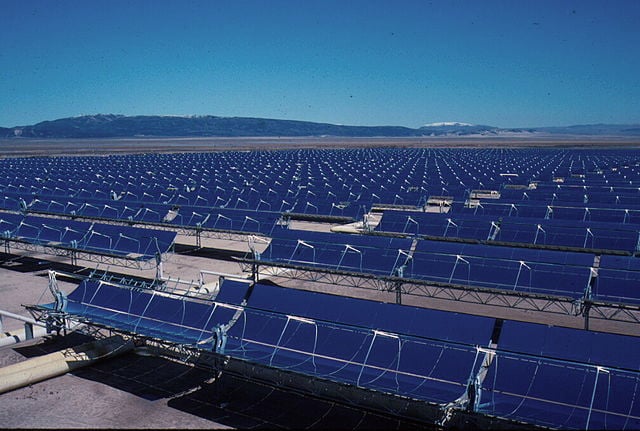It is hard to believe it has already been a week since the United Nations’ Climate Action Summit was held on Sept. 23, 2019.
It was an unprecedented gathering. For one day (Sept. 23, 2019) a summit was convened at the United Nations headquarters in New York City. The assemblage was for the purpose of nations, cities, businesses and more to pledge to commit to create a more sustainable world and to fight global warming.
While the summit was being held, many around the world had gathered in the streets to voice their concerns as well as discontent that not enough to reduce planetary heat-trapping emissions in the atmosphere was being done; a rally so monumental in scope and proportion; a movement that has seen phenomenal growth, especially among the young. Simply stated, this broad coalition wants more than just promises: they want corrective action taken where getting human-caused emissions under control is concerned and with good reason: World greenhouse gas emissions are growing.
As for the UN, it released both opening and closing Climate Action Summit 2019 press releases, incidentally, both dated Sept. 23, 2019.
The closing press release titled “Summit delivers major step up in national ambition and private sector action on pathway to key 2020 climate deadline,” with the subhead “As recognition mounts that time is running out, youth leaders warn: ‘we will be watching,’” laid out many of the specific greenhouse gas reduction action efforts, programs and strategies that are to be forthcoming. By committing to such and through implementation efforts, this will provide the means to not just stem the growth in global greenhouse gas emissions but to reduce GHGs in the atmosphere. A side benefit of all of this, of course, is cleaner air.
Included in the opening release in question were words of encouragement as well as a stark warning.
“‘The best science, according to the Intergovernmental Panel on Climate Change, tells us that any temperature rise above 1.5 degrees [Celsius] will lead to major and irreversible damage to the ecosystems that support us,’ said United Nations Secretary-General António Guterres. ‘Science tells us that on our current path, we face at least 3-degrees Celsius of global heating by the end of the century.’
“‘The climate emergency is a race we are losing, but it is a race we can win.’
“‘This is not a climate talk summit. We have had enough talk,’ he added. ‘This is not a climate negotiation summit. You don’t negotiate with nature. This is a climate action summit.’
“He said, ‘Governments are here to show you [they] are serious about enhancing Nationally Determined Contributions under the Paris Agreement. Cities and businesses are here showing what leadership looks like, investing in a green future. Financial actors are here to scale-up action and deploy resources in fundamentally new and meaningful ways. Coalitions are here with partnerships and initiatives to move us closer to a resilient, carbon-neutral world by 2050.’
“‘And young people are here providing solutions, insisting on accountability, demanding urgent action.’”
One might say that the UN Secretary-General’s remarks sum up the summit.
Outlined below are several of the so-called remedies or relief “actions” as brought forward in the summit and presented in the “closing” press release.
Commitments by countries and/or corporations and/or cities emphasized:

- Planting trees as a means to help sequester CO2
- Scaling back reliance on coal-fired power plants working toward an eventual phase-out of all coal-fired power plants
- Increasing and improving energy efficiency
- Investing in clean (renewable) energy
Other strategies include adhering to the policies laid out in the Paris climate accord; work toward carbon neutrality; and through the Green Climate Fund as well as various other climate-related funding mechanism, help developing countries in climate change adaptation and mitigation efforts for the purpose of lessening the impacts on such from global warming.
Moreover, joining what is referred to as the International Solar Alliance has been 80 countries, according to the United Nations in the “closing” press release.
Though there was no mention of transportation in the “closing” release, it should, however, be noted reference to transport was made in the “opening” press release.
Images: Tennessee Valley Authority (above); USA. Gov – BLM – BUREAU OF LAND MANAGEMENT (below)

Published by Alan Kandel
